Introduction
While the study of a country's history is usually constructed through the analysis of important events or key personalities, it can also be done through the study of a building. Certain buildings acquire such historical importance over time that they come to be identified with the history of a whole country. Recent interest in the architectural evolution of Cyprus, especially with regard to the built legacy of the colonial era, has shown this, and the Ledra Palace Hotel in Nicosia is one of the leading examples. Built in 1949 to cover the increasing accommodation needs of the island, it fitted into the increased development Nicosia saw during the interwar period, and especially after the end of the Second World War when comprehensive urban development schemes were introduced.Footnote 1 Since its establishment, the hotel has witnessed many of the important events that have shaped Cyprus’ recent history. Situated near the old Wolseley barracks, adjoining the Turkish quarter, close to Nicosia airport and on the buffer zone established in 1964, the hotel became from its establishment a focal point. Its significant geographical location, the events it has witnessed, and its infrastructure have rendered it a landmark, a symbol of many things, a palimpsest of meanings, or as Mete Hatay puts it, ‘a container of memory’.Footnote 2 Effectively, the Ledra Palace is the building that best exemplifies the troubled recent history of Cyprus, and as such can become a means to explore the island's ‘difficult history’ or ‘difficult past’.
The notion of ‘difficult’ history and heritage has for some time been gathering the attention of researchers worldwide. ‘Difficult heritage’ is ‘a past that is recognised as meaningful in the present but that is also contested and awkward for public reconciliation with a positive, self-affirming contemporary identity’.Footnote 3 There is a challenge in what to do with the material remains of an historical period, site, or event generally perceived, for one reason or another, as problematic.Footnote 4 But history and heritage are not synonymous. It is important to untangle the tension between the terms ‘difficult history’ and ‘difficult heritage’, terms that are sometimes used interchangeably. While history and heritage are both connected with the past and can be constantly reinterpreted, they are different. History is our attempt to reconstruct and understand the events, lives, and experiences of those who came before us. But whose histories will be preserved, heard, and discussed, depends on choices made in the present. History often aims to communicate a shared understanding of the past and has been extensively used to create national stories and provide narratives that bring people together, often by excluding those that are not considered welcome or important for these stories.Footnote 5. Heritage, on the other hand, is what has survived from the past, tangible, or intangible. Objects, buildings, customs, and beliefs survive the passage of time and are branded as heritage only when people value them sufficiently to want to pass them on to future generations. But as McNamara has aptly pointed out, the monuments we have inherited from our past were never intended to be neutral.Footnote 6
Cyprus, as a former colony of Britain, has indeed a ‘difficult’ past. Following independence in 1960, bitter intercommunal conflicts between Greek Cypriots and Turkish Cypriots and the eventual 1974 Turkish military invasion brought about the partition of the island and have left the country in a state of not actual, but political and symbolic, conflict acted out in both the local and international arenas. The Cyprus problem, as it has come to be called, has also scarred the landscape, creating a ‘buffer zone’ which splits Nicosia in two since 1964 (and the island since 1974) and comes under the oversight of the UN.Footnote 7 Against this background, the Ledra Palace, itself now a historical monument, situated on the buffer zone, scarred by bullets, and functioning as a military barracks, can be considered an integral part of the island's difficult history. This is accentuated by a paradox in the island's social life. While political instability and division dominated the political landscape, Cypriot society experienced a remarkable degree of urban prosperity and enjoyed the luxurious experiences provided by the Ledra Palace.
This paper aims to explore the history of this emblematic building and through it, the history of a whole island from 1949 until today, on several levels and from various angles. Although historical narrative is usually dominated by political and diplomatic events, our analysis will not be confined in them; we touch also on aspects of the island's social, economic, and cultural history, as experienced through this iconic hotel.
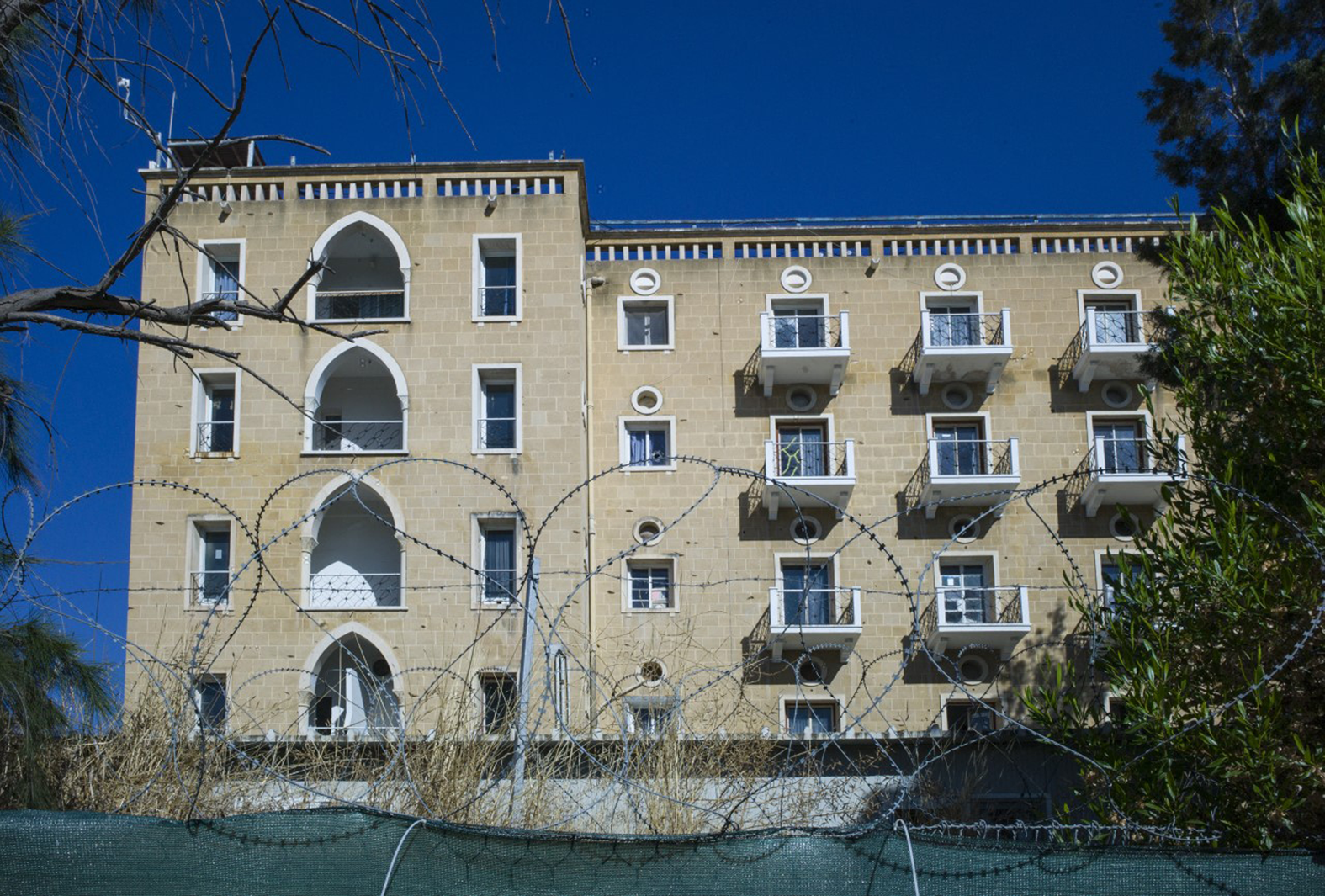
Fig. 1. The Ledra Palace Hotel, 2019 (Photograph by Theopisti Stylianou-Lambert)
Mirroring Cyprus's political history
Certain hotels around the world have come to be deeply connected with their country's or the world's recent political history: the old Shepheard's Hotel in Cairo, the Pera Palace Hotel in Istanbul, the Grande Bretagne in Athens, the King David Hotel in Jerusalem, the Phoenicia Hotel in Beirut, or the Beau Rivage Palace in Lausanne. The last witnessed the signing of pivotal agreements that shaped world history such as the armistice that ended the war between Italy and Turkey in 1912, the Treaty of Lausanne between Greece and Turkey in 1923, and more recently, the negotiations of the Iran nuclear deal in 2015. The King David Hotel in Jerusalem, apart from its impressive guest list, is forever linked to the 1946 bombing by militants targeting British troops which ended with ninety casualties, while the luxury Phoenicia Hotel in Beirut saw the 2005 bombing and assassination of Rafik Hariri. Likewise, the Shepheard's Hotel in Cairo was destroyed during the Cairo Fire in 1952, a period of anti-British riots and dramatic civil unrest that led to the Egyptian Revolution of that year. Indeed, as Fregonese and Ramadan argue, far from being spaces of detached and depoliticized leisure and hospitality, or the neutral backdrops to formal political events, hotels, owing to their location and infrastructure, can be seen instead as geopolitical sites actively entangled in relations of power and politics and indeed used as targets, military positions, or locations for peace conferences.Footnote 8 Similarly, in Cyprus, the Ledra Palace was an important geopolitical site, for since its opening in 1949 until today it has often become the stage for the island's key historical moments.
The end of the Second World War saw the development of a wide range of sectors and services encouraged by the announcement in 1946 of an ambitious Ten Year Development PlanFootnote 9, which was not only designed to boost economic growth and development, but, along with proposed constitutional changes, to sideline Enosis (union with Greece) and even displace it altogether, in a period when feelings for self-determination among Greek-Cypriots were running high. However, while during the 1940s, the colonial government set up a committee for tourism development, tourism was not among the Plan's developmental priorities, leaving efforts to attract visitors solely to local private entrepreneurship.Footnote 10 It was in this context that the Ledra Palace emerged as the product of a business partnership between George Skyrianides, a Greek Cypriot businessman and owner of the famous Forest Park Hotel in Platres, in the Troodos mountains; George Poulias, the Vice-Mayor of Nicosia; and Dimitrios Zerbinis, a Greek businessman from Egypt. The hotel aimed to fill a gap in the accommodation needs of Cyprus that had become more apparent after the end of the war with the resumption of business activities and the establishment in 1949 of an air connection between London and Nicosia.Footnote 11 Interestingly, the Skyways Ltd airline, which flew from London to Cyprus in fourteen hours with just one stop at Malta at the cost of £40 and ten shillings (£75 return), made its inaugural flight at the end of 1953 and accompanied it with ‘a large dinner and a gay dance at Nicosia's very modern Ledra Palace Hotel’.Footnote 12 Indeed, the Ledra Palace, with its modern infrastructure and luxury service, was destined to play a significant role in the development of Cyprus’ tourist identity even before the island's independence, when the romantic and picturesque identity of places and people so intensely promoted in the colonial years was reversed in favour of the modernization of the tourism infrastructure aiming to make the island an international tourist destination.Footnote 13 This seemed to have benefited Nicosia even as just a stop-over to seaside locations, or for a day's shopping for Israeli tourists.Footnote 14
The Ledra Palace: ‘Your Home Base in the Middle East’
Designed by the German-Jewish architect Benjamin Günsberg – who had designed the Forest Park Hotel in Platres and other buildings in Nicosia – and decorated by local artists and craftsmen, the hotel was an impressive and unique building in the heart of the capital. Materials were brought from abroad, and inspiration for the décor was taken from Italian landscapes. In several respects, the interior design – for example, in the hotel's Cyprus Bar – resembled that of Skyrianides’ mountain resort. The Ledra Palace's official opening on 15 October 1949 was documented extensively in the English-language Cyprus Review, which listed the hotel's features. The two-storey hotel initially had 93 rooms with prices ranging from 30 to 45 shillings, each room with a private bathroom, telephone, and air conditioning. The hotel had a spacious dining room, a grill room, four lounges, a writing room, a bridge room, a room for private receptions and a ‘sumptuous ballroom […] lit by 1,350 direct and indirect lights, with gay murals of Kyrenia and Venice and with some splendidly executed wrought iron to decorate its balconies’.Footnote 15 The hotel offered other novelties: a barber shop and a hair salon, shops, a petrol station, beautiful gardens, a tennis court, and, as of July 1964, a swimming pool.Footnote 16 Its construction cost reached the astonishing sum of £250,000.Footnote 17 Part of the cost was covered by the company set up for this purpose, Cyprus Hotels Ltd, the rest by the Bank of Cyprus. The company requested £25,000 from the government for the purchase of the building equipment and the furniture. Although ‘anxious to see the hotel working as soon as possible’, the government would not consent to give a loan or guarantee on the terms proposed. The extra cost was eventually covered by Zerbinis, who became the largest shareholder.
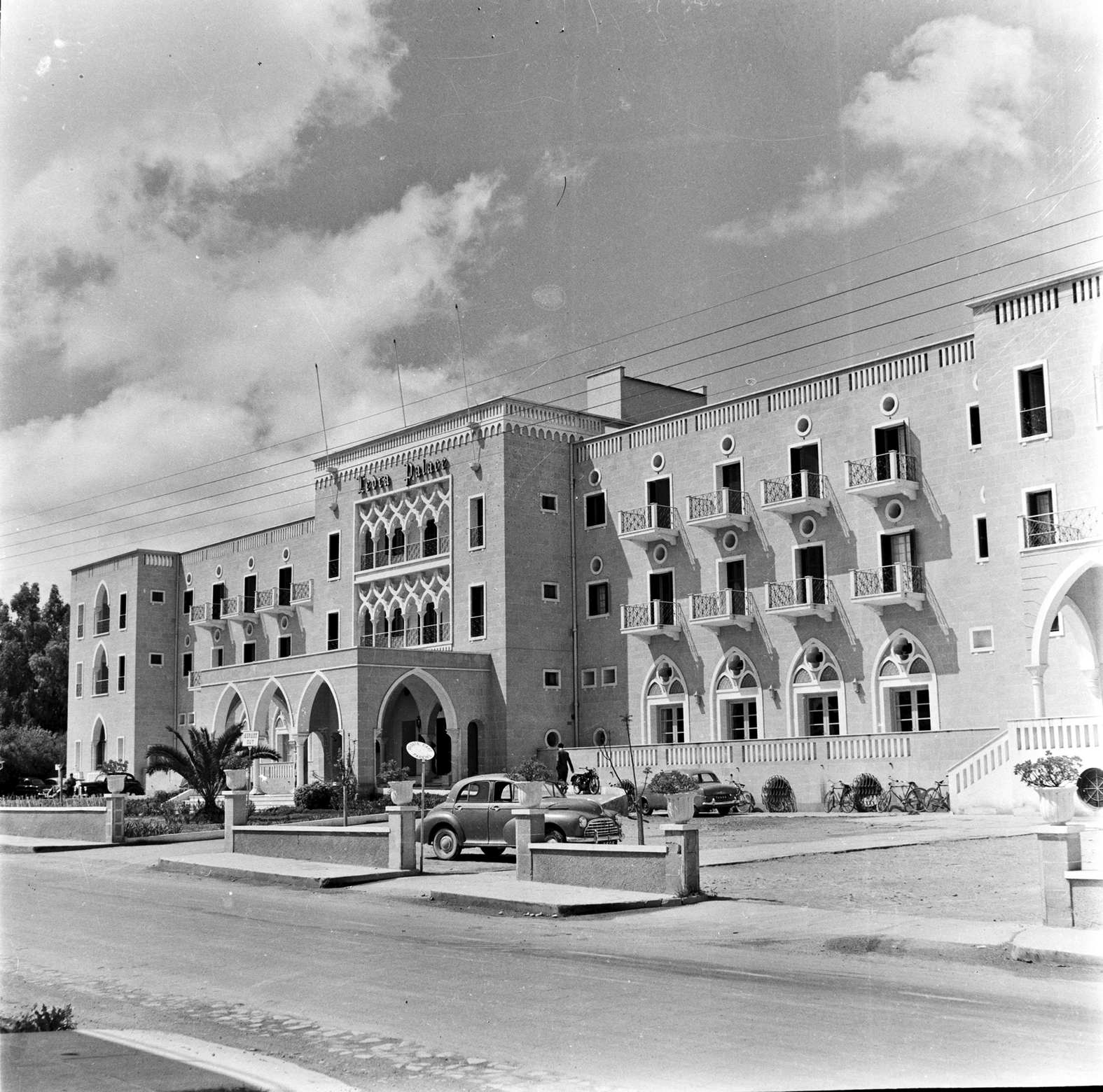
Fig. 2. The Ledra Palace Hotel in the 1950s (Photograph by Felix Yiaxis, Press and Information Office Photographic Archive, Nicosia, Cyprus)
It should be noted that Dimitrios Zerbinis was one of the most prominent members of the Greek community in Egypt. He owned a successful cotton company and was for a period of time in the mid-1940s, president of the Greek Chamber of Commerce at Alexandria and of the Greek Koinotita of Alexandria.Footnote 18 Zerbinis’ business activity in Cyprus reflects the interaction between Cyprus and the Greek and Cypriot brotherhood in Egypt, as well as the latter's involvement in the island's life and development of a modern Cypriot society. Greeks and Cypriots living in Egypt were usually highly educated and wealthy and therefore interested in investing in the island's intellectual and financial development while also sympathetic to the Greek Cypriots’ national aspiration, Enosis. Many Cypriots who lived and worked in Egypt made their mark in Cyprus, such as the businessman and benefactor Demosthenis Mitsis, the poet and painter Nikos Nikolaïdes, and the writer Theodosis Pieridis. From the end of the nineteenth century, an annual contribution of £200 was given by the Cypriot community in Egypt to education in Cyprus, while in 1889 the Cypriot Brotherhood in Egypt was one of the main financial contributors towards the establishment of the Pancyprian Gymnasium, the leading classical high school in Cyprus and the most active in the school demonstrations waged during the anti-colonial revolt in the second half of the 1950s. George Skyrianides’ Forest Park was a very popular holiday mountain resort for wealthy Cypriots, British, Greeks and Egyptians – including King Farouk himself- and it is not a surprise that the whole idea for the Ledra Palace was born there.
The Ledra Palace on the world scene
During the colonial period, the Ledra Palace was one of the few places on the island where Nicosia's upper class mixed on good terms with the British: for example, the reception of the Pearl & Dean advertising organisation was usually attended by notable Cypriots in addition to British guests. British events, such as the Caledonian Society Ball or Red Cross charity exhibitions, were also held there. In the hotel's restaurants and bars, one could meet locals from all communities, as well as British officials, dining together, attending meetings and events. In fact, the hotel's multicultural character, along with its well-trained English speaking staff and secure environment, rendered the Ledra Palace one of the few places in Cyprus where British officials and soldiers felt at home or indeed safe. It was therefore not a surprise that one of the first bombs that marked the beginning of the EOKA struggle in April 1955 was thrown into the hotel's forecourt: hotels have long been perceived as ‘soft targets’ for acts of political violence including insurgency.Footnote 19
In the summer of 1954, following the British government's decision to transfer from Egypt to Cyprus its Middle East Land and Air Headquarters, the British garrison increased significantly, and the hotel filled up with British soldiers seeking a drink or a haircut.Footnote 20 Immediately, the hotel's Cyprus Bar, decorated with locally handcrafted wooden furniture and traditional ornaments, became, as the journalist James Cameron described it, ‘the focal point of all the newsmen and assorted bodies of the Eastern Mediterranean’, covering the British and French action in Suez and, of course, the ongoing revolt on the island.Footnote 21 After a couple of drinks, sensitive information might be revealed or rumours started. The hotel's famous barman, Stelios Sourmelis, offered a trusted ear; on several occasions he and his staff would become aware of the administration's next move and carefully channel this information to EOKA. Seen from an aesthetic point of view, the handmade woodcarving of the Cyprus Bar was designed to offer a local and traditional touch in a nonetheless European-style hotel, a combination which could symbolize both the coexistence of two cultures and the attempted riddance of the colonial past. It was a place that several British administrators found disturbing, not least because of what went on in the Cyprus Bar: ‘The Administration suddenly found itself spotlighted on the world scene’, Lawrence Durrell wrote, reflecting the uneasiness of the British Government, ‘subjected to the darts and probs of the world press whose representations crowded the grim Tyrolean bar of the Ledra Palace Hotel, circling over our corpses like vultures.’Footnote 22 Indeed, the Cyprus Bar of the Ledra Palace was one of those bars that, as James Cameron wittily noted, ‘as far as the correspondent was concerned, the hub and centre of that place's activities […]and it was possible that in them alone one really knew where one was’.Footnote 23 Indeed, the British administration came in for criticism by the British and world press for the measures taken and methods followed during the revolt.
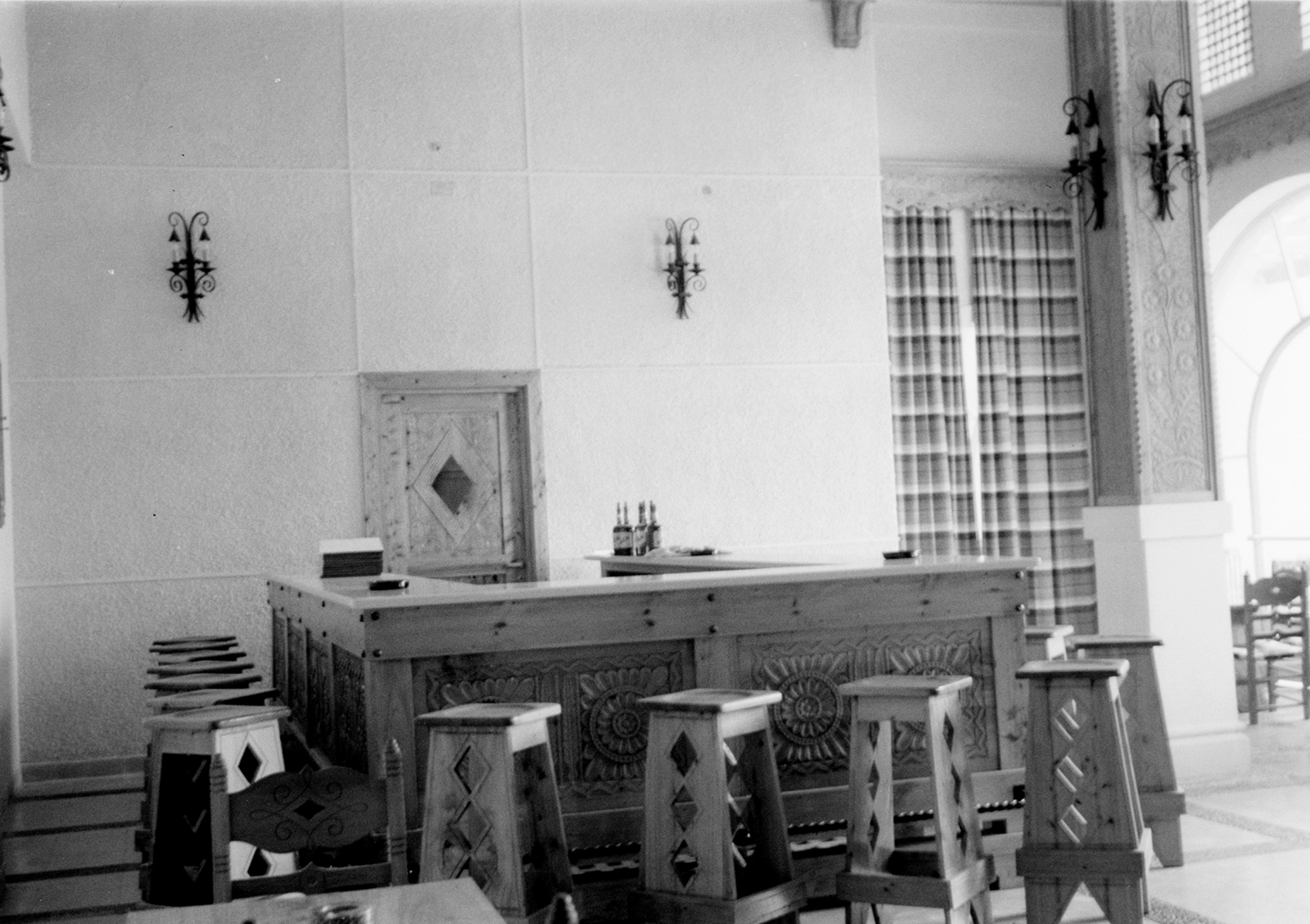
Fig. 3. The Cyprus Bar in the early 1950s (Photgraph by Felix Yiaxis, Press and Information Office Photographic Archive, Nicosia, Cyprus)
While intelligence was exchanged clandestinely at the bar, in the autumn of 1955 the hotel's card room hosted the first official talks between Governor Harding and the leader of the Greek-Cypriot community, Archbishop Makarios III, regarding the future of the island. The talks were preceded by a meeting between Makarios and the Secretary of State for the Colonies, Alan Lennox-Boyd, which the newspaper Ethnos described as a ‘milestone in the history of the Cyprus struggle’ and as a great step forward which was made possible due to Greek Cypriots’ insistence on the claim to self-determination.Footnote 24 The Ledra Palace was probably chosen for this occasion as it was the only hotel of its kind and offered a neutral meeting place – as opposed to the Governor's Palace or the Archbishopric – in which both British and Cypriots might feel at ease. On 4 October 1955, a few days after Harding's arrival on the island, the two men had their first meeting and three days later their second, shorter meeting, albeit without reaching common ground.Footnote 25 Accordingly, the situation in Cyprus deteriorated sharply, prompting the governor to declare a state of emergency on 26 November 1955. On the same day, moments before Harding were due to arrive at the Ledra Palace for the annual Caledonian Society Ball, a grenade exploded in the ballroom. Luckily there were no fatalities; only four people had minor injuries, and a broken water pipe forced the guests to move to the bar to continue their party, while five employees were arrested and detained for almost a month.Footnote 26 However, the symbolic significance of the incident was immense: the rebels had brought violence and terror into the heart of the British community.Footnote 27 Oral testimonies suggest that the majority of the hotel's staff supported the cause of the struggle and aided members of the guerrilla organization to the extent they could, actions that led in several cases to the questioning and even the detention of members of the Ledra Palace staff for involvement in EOKA-related episodes.Footnote 28
During the revolt, the hotel continued to operate as usual, but the atmosphere was gloomy, mirroring the situation in the streets, while curfews reduced social gatherings. By now, references to the hotel in the press were usually related to political meetings rather than social or festive gatherings.Footnote 29 In early 1958 inquiries took place at the hotel, following an investigation requested by Greece from the European Commission on Human Rights to ascertain whether the state of emergency was justified, including the use of punitive curfews and collective punishments. The inquiries were reported extensively in the local press, especially on their first day, when Administrative Secretary John Reddaway was among the first to be interviewed.Footnote 30 A few months later, on 13 October, the evening of the day when Makarios announced in Athens his ‘ultimate concession’ on the future government of Cyprus – a seven-year period of ‘genuine self-government’ before independent status was reached– guests were woken by two explosions on the roof of the hotel, for which two Cypriots were detained.Footnote 31 The following year, in April, an ad hoc constitutional committee convened at the Ledra Palace hotel, to draft the constitution for the newly formed Republic of Cyprus, as provided by the Zurich and London Agreements, signed in London on 19 February 1959. The agreements concluded between Greece, Turkey, Great Britain, and the two Cypriot communities, Greek Cypriots and Turkish Cypriots, put an end to eighty-two years of British rule and created the independent Republic of Cyprus.Footnote 32 On 15 August 1960, a day before the official declaration of the establishment of the island's independence, Cyprus’ last colonial governor, Hugh Foot, hosted – in the same room where the assassination attempt against his predecessor had taken place four years earlier – a farewell luncheon. President Archbishop Makarios III, Vice President Fazıl Küçük and the Republic's first Ministerial Council enjoyed a luxurious meal to the music of the Middle East Air Force band.Footnote 33 Indeed, it appears that almost every major political development had been first felt in the rooms of the Ledra Palace.
A luxury hotel turns into a war zone
The Zurich and London agreements established a bi-communal state and drove the Greeks and Turks of Cyprus closer to their respective motherlands for guidance and inspiration. This turn to the national centres, expressed through substantive and symbolic measures on various levels,Footnote 34 were reflected in the Ledra Palace Hotel and its surroundings too. In 1961 the Greek government bought a property next to the hotel to house the offices of the Greek embassyFootnote 35 while the street in front of the hotel was immediately renamed from King Edward VII Street to Markos Drakos Avenue after the EOKA fighter.Footnote 36 The change of street names is, according to Koureas, one of the prime examples, along with museum spaces and monuments, reflecting ‘the trauma of war and the unrecognizability of the other community on the other side of the border’.Footnote 37 This post-independence ‘nation-building’ was also evident in the reconstruction of the hotel gardens from a classic English landscape design to a modernist aesthetic with local references.Footnote 38 In April 1964, following the intercommunal strife that broke out in December 1963, Greek-Cypriot soldiers erected sandbags in front of the hotel to protect traffic from possible Turkish-Cypriot fire: the nearest Turkish-Cypriot guard post overlooked the hotel's swimming pool. The sandbags were removed a month later with the mediation of UNFICYP, whose establishment on the island in early 1964 safeguarded the ceasefire line that divided Nicosia into Greek-Cypriot and Turkish-Cypriot sectors and passed by the Ledra Palace Hotel. Gradually, from being a place that all communities frequented, the Ledra Palace became predominantly Greek, and the hotel no longer had any Turkish Cypriot guests or employeesFootnote 39. In 1969 the Archbishopric, with the Louis Tourist Agency Ltd, bought Zerbinis’ shares of the hotel, in which the British Forte Group had showed vivid interest. It was imperative for Archbishop Makarios, the President of Cyprus, for the hotel to remain in Greek-Cypriot hands.Footnote 40 A year later, the Archbishopric bought the Louis Tourist Agency's stake and became the biggest shareholder.Footnote 41 Indeed, the political and economic history of the hotel in the colonial and post-colonial periods attests ‘to a process whereby a seemingly apolitical site of opulence became an ethnic marker’.Footnote 42
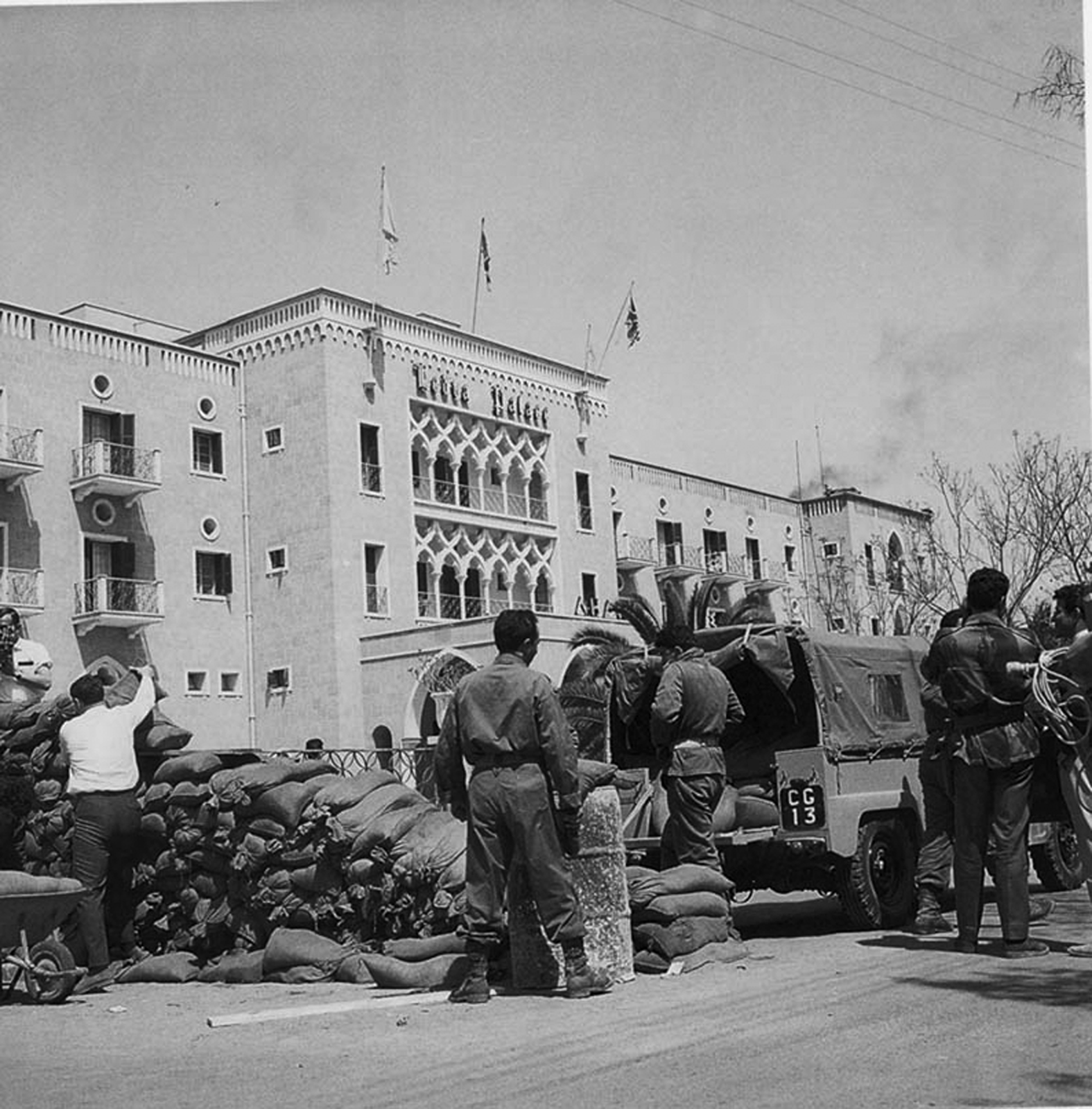
Fig. 4. First checkpoint at the Ledra Palace Hotel in early 1964 (Photograph by Cyprus Mail)
On the dawn of 20 July 1974, when Turkish parachutists landed on the shore of Pente Mili in Kyrenia, the Ledra Palace Hotel was full. Because of its location, it was of cardinal importance for the hotel to remain under the Republic's control. A potential seizure of the hotel by Turkish forces would endanger a takeover of the Republic's nearby administrative centres and key services, such as the courts, the telecommunication authority, the parliament, ministries, and the Central Bank. Effectively, forty Greek-Cypriot soldiers and reservists were ordered to annex the Ledra Palace and keep it under their control to the end. What followed was one of the fiercest incidents of crossfire and fighting in Cyprus. In the early hours of the fight three Greek Cypriot soldiers lost their lives and others were injured.Footnote 43 Around 380 civilians, mostly foreign nationals, including women, children, and international media representatives, were trapped in the hotel and were at some point led to the basement for safety. By the evening, the growing scale of fighting, Turkish allegations that the hotel was used by National Guard snipers to fire into Turkish quarter from a near-by high point, and several unsuccessful attempts for a ceasefire prompted the United Nations, to declare the hotel an UN-protected area from which both sides were excluded.Footnote 44 However, the Greek-Cypriot National Guard contested this action and refused to leave the hotel.Footnote 45 The next day, after two mortar rounds hit the hotel, all trapped civilians were offered escort by a Canadian-led UN convoy, and by the afternoon the soldiers were persuaded to leave the hotel.Footnote 46 As a result, the Ledra Palace was added to the list of hotels which owing to their location and infrastructure became valuable strategic assets during a war: for example, the southern wing of the King David Hotel in Jerusalem which hosted British Mandate administrative and military headquarters until it was bombed in 1946.Footnote 47 Interestingly, the architectural design of the Ledra Palace hotel was probably inspired by the luxurious King David Hotel.Footnote 48 Today, the shell craters and bullet holes on the Ledra Palace's sandstone façade are a tangible reminder of the last traumatic hours of a luxury hotel turned into a war zone.
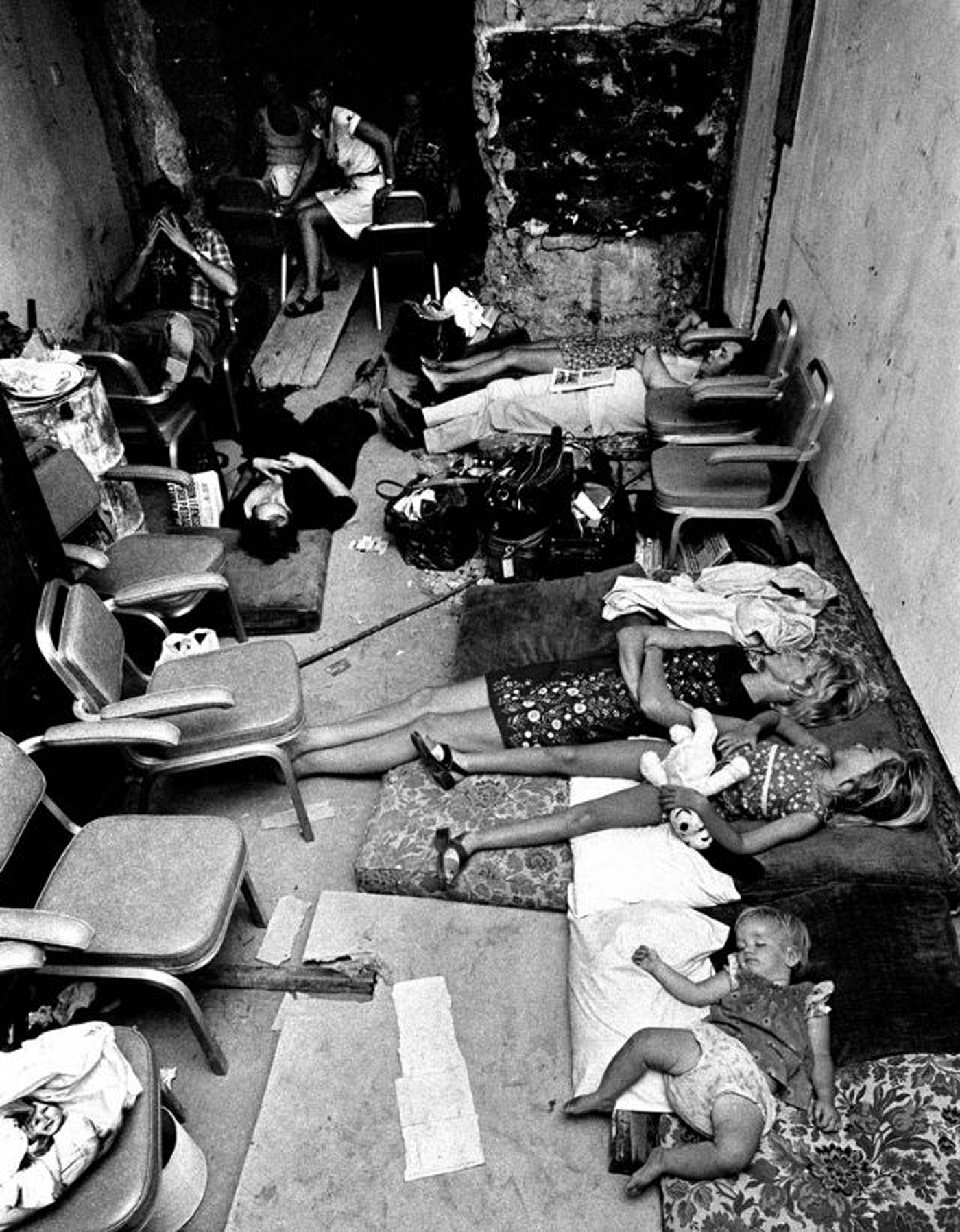
Fig. 5. During the fighting hotel guests were put in the hotel's basement for safety, July 1974 (Photograph by Tommy Mardell)
After 1974
The heartbreaking exchange of prisoners of war that took place in September 1974 in the hotel's parking area marked the transformation of the Ledra Palace from a luxurious cosmopolitan hotel to a neutral meeting place facilitating peace-building efforts in the post-1974 era. According to Fregonese and Ramadan, the use of hotels for diplomatic initiatives and negotiation is not new: there are several examples where hotels were used to host peace talks, such as the Egyptian Red Sea Resort of Sharm el-Sheikh.Footnote 49 The exchange was preceded by a meeting that took place at the Ledra Palace between Acting President Clerides and Turkish-Cypriot leader Denktash on 6 September 1974 to discuss humanitarian issues that needed immediate resolution as a result of the invasion.Footnote 50 Since then and until recently, the Ledra Palace Hotel was the only place where bi-communal meetings of all levels could be safely conducted.Footnote 51 Indeed, as Fregonese and Ramadan aptly put it, far from being an inert backdrop against which peace-making events simply happen, the former hotel – its location, infrastructure, and indeed its legacy –make such moments possible.Footnote 52 One of the most important series of meetings to take place at the hotel began on 2 December 1977 between the then mayors of Nicosia and their technical teams who, as of 1980, managed to connect Nicosia underground through a unified sewage system.Footnote 53 Subsequently, all presidents of the Republic and leaders of the Greek-Cypriot community have had at least one meeting with Turkish-Cypriot leaders for the solution of the Cyprus question at the Ledra Palace. In May 2000 and in March 2003 hundreds of Greek-Cypriots and Turkish-Cypriots queued for blood tests at the hotel to find a bone marrow donor for a six-year-old Greek-Cypriot boy and a five-year-old Turkish-Cypriot girl respectively, in an extraordinary gesture of intercommunal solidarity.Footnote 54 In contradiction to this new role the Ledra Palace Hotel had acquired after the division of the island, its name was also connected to the adjacent checkpoint, a spot which until its opening in 2003 was used for anti-occupation protests, mainly organized by schoolchildren or Greek-Cypriot refugees. In fact, negotiations for the solution of the Cyprus problem always related to hotels, either in Cyprus or abroad. The very conference where the independence of the island was decided, in 1959, took place in Zurich's Hotel Dolder and together with the Lancaster House conference in London formed the Zurich-London agreements by which the Republic of Cyprus was established. In 1968 a series of inter-communal meetings between Clerides and Denktash was initiated at the Phoenicia Hotel in Beirut, while over the last fifteen years, Switzerland hotels became the neutral spaces to host high-level negotiations for the solution of the Cyprus problem. The Righi Vaudois in Glion hosted the Bürgenstock meetings in 2004 which led to a referendum for a complete solution, while later negotiations took place at the Intercontinental Hotel in Geneva, the luxury Mirador in Mont-Pèlerin, and the Crans Montana in Valais.Footnote 55
A glamorous social venue
Despite being a key backdrop for the island's political and diplomatic events, the Ledra Palace was also linked to the social and economic history of Cyprus. In fact, this linkage was so strong that what went on behind the hotel's closed doors often stood in contrast with the explosive situation in the streets of Nicosia. From 1955 until 1974, Cyprus, even after the island's independence from 1960, was oscillating between peace and conflict. The island was in a constant state of insecurity and instability caused by intercommunal distrust and lack of cooperation. The proclamation of the Republic of Cyprus might had ended protracted foreign rule in Cyprus, yet the new status quo was not welcomed by the whole of the population. The aspiration for Enosis survived the end of the armed revolt and continued to shape post-independence politics. This prompted President Makarios on 12 January 1968 to distinguish between the desirable (Union with Greece) and the feasible (independence) although the rupture between the two communities was already deep. In 1958, 1963-4 and 1967 when intercommunal violence reached dangerous levels, the Ledra Palace while provided the setting for negotiations towards the diffusion of the crisis, was not significantly affected by it, besides the erection of sandbag barriers in the courtyard in front of its entrance. Art exhibitions, tea parties, annual ball dances, fashion shows and beauty pageants continued throughout this period. Especially for the fashion industry, this is, as Demetriou argues, ‘exemplary of what middle-aged Greek-Cypriot Nicosians associate with “the glory days of Ledra Palace”: material opulence; high society functions; exhibitions of modernity; and a clouded knowledge of embroilment in the inter-ethnic conflict that has dominated political life since the 1950s’.Footnote 56
Indeed, while Cyprus had come to the verge of war, fashion industry events boomed in the Ledra Palace, making the hotel ‘the proverbial carpet under which the story of Cyprus’ social militarization got pushed’. Footnote 57 The social life of a growing urban class stood in stark contrast with, as Demetriou aptly describes it, ‘the political reality of on-going violence and spreading militarization’.Footnote 58 In 1967 the military operation of the Cyprus National Guard to clear the Turkish-Cypriot enclave in Kofinou, following Turkish Cypriot provocations, resulted in the deaths of twenty-two Turkish Cypriots and one Greek Cypriot and brought Greece, Turkey and Cyprus to the brink of war. The following years were marked by inter-communal suspicion and intra-communal division, which in conjunction with the deteriorating relations between the Cyprus Government and the Greek Junta lead to severe destabilisation culminated with the Greek coup against Makarios on 15 July 1974 and, five days later, the Turkish invasion which eventually divided the island in two.Footnote 59
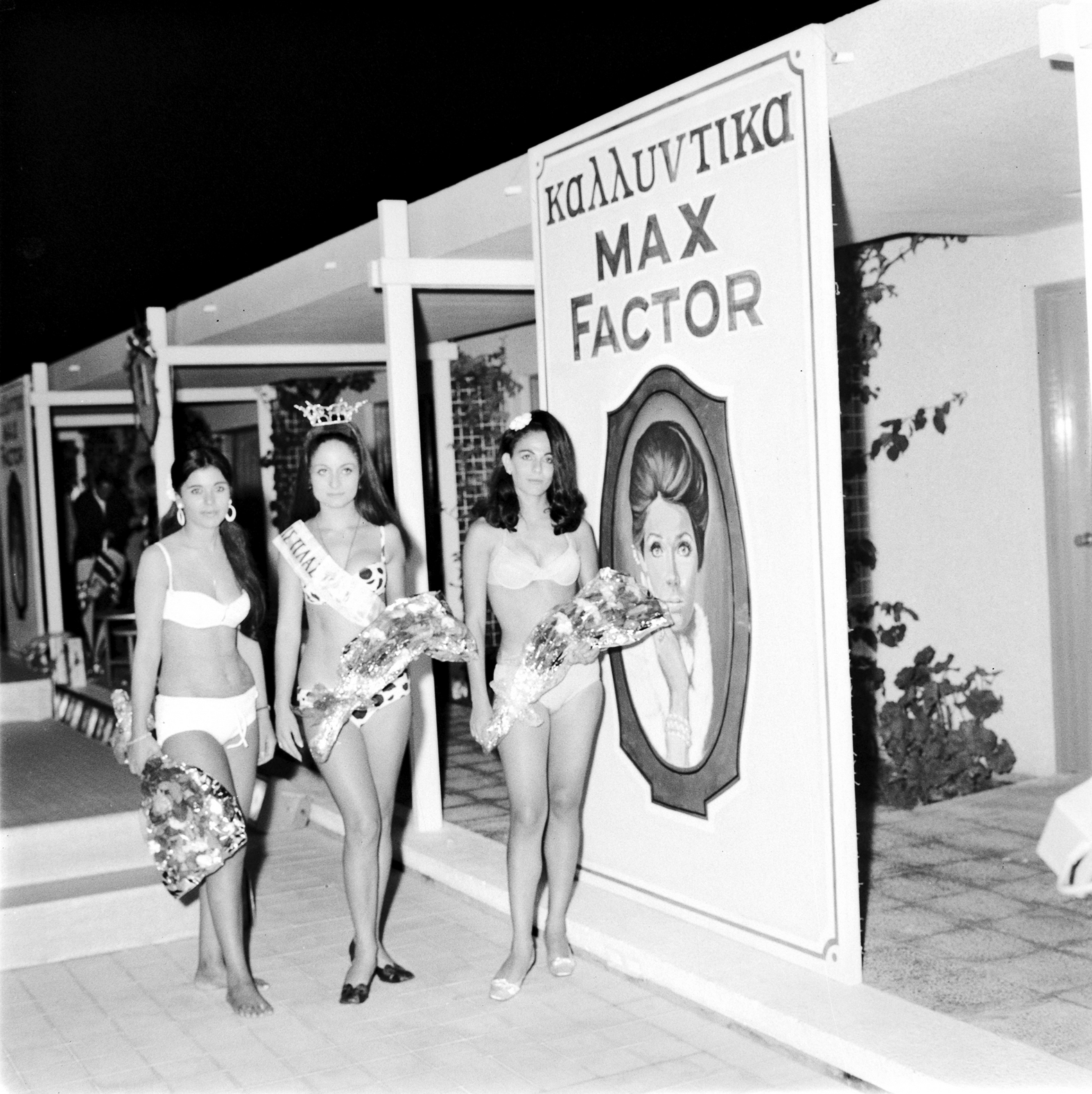
Fig. 6. Beauty contest at the Ledra Palace Hotel, 1960s (Photograph by Fanis Parpairis, Press and Information Office Photographic Archive, Nicosia, Cyprus)
Yet, during the armed struggle between 1955 and 1959 the hotel hosted nine art exhibitions, the most memorable being Adamantios Diamantis’ retrospective exhibition on 8 May 1957. The exhibition of more than 150 paintings of the artist's thirty-five years of work, was warmly welcomed by art critics and the wider public. Within its first two days the exhibition attracted more than five hundred visitors and a considerable number of paintings were sold, despite their relatively high cost. By 1974, when Ledra Palace ceased operation as a hotel, more than eighty art exhibitions by Cypriot and foreign artists made the hotel one of the most important art venues in Cyprus. This was especially important for the development of the art scene in the island: there were few other venues where artists could stage solo exhibitions, like the Alassia Gallery of journalist Alex Efthyvoulou or the Apophasis Gallery of artists Christoforos Savva and Glyn Hugues. The use of the Ledra Palace as an arts venue cannot be unrelated to its original owner's interest in art. Skyrianides, an artist himself, used, from 1951, to organize group exhibitions at the Forest Park Hotel on the occasion of the Platres Festival with the participation of local or foreign artists living in Cyprus.Footnote 60 Accordingly, as a setting for art events, fashion shows and corporate events such as press conferences for new products, general assemblies and work meals, conferences, screenings, and lectures, the Ledra Palace encapsulated the image of a growing modernity in Nicosia.
The last exhibition the Ledra Palace hosted was organized by the bicommunal Technical Committee on Culture in February 2020 and is perhaps the best example of the interconnection between art and politics.Footnote 61 The exhibition presented some of the 219 repatriated works of prominent Greek Cypriot and Greek artists, which were left in Famagusta in 1974, when the inhabitants fled the city because of the Turkish invasion. Along with the artworks, part of Turkish-Cypriot audio-visual material from the Archives of the Cyprus Broadcasting Corporation [CyBC], relating to the 1955–1963 period was shown.Footnote 62 With this occasion, the hotel re-established its role as a space oscillating between peace and conflictFootnote 63, a reminder of the occupation and division of the island that keeps the island's communities apart, and a facilitator for conflict resolution and peaceful co-existence. While art exhibitions in the pre-1974 period provided the opportunity to people beyond the upper classes to visit the luxurious Ledra Palace hotel, this exhibition was also inclusive, yet in a different way; it brought together the two communities, thus re-affirming the hotel's role as a venue for peacebuilding activities.Footnote 64 At the same time, both the venue and the works of art exhibited there become a vehicle through which the island's difficult past can be revisited and discussed.
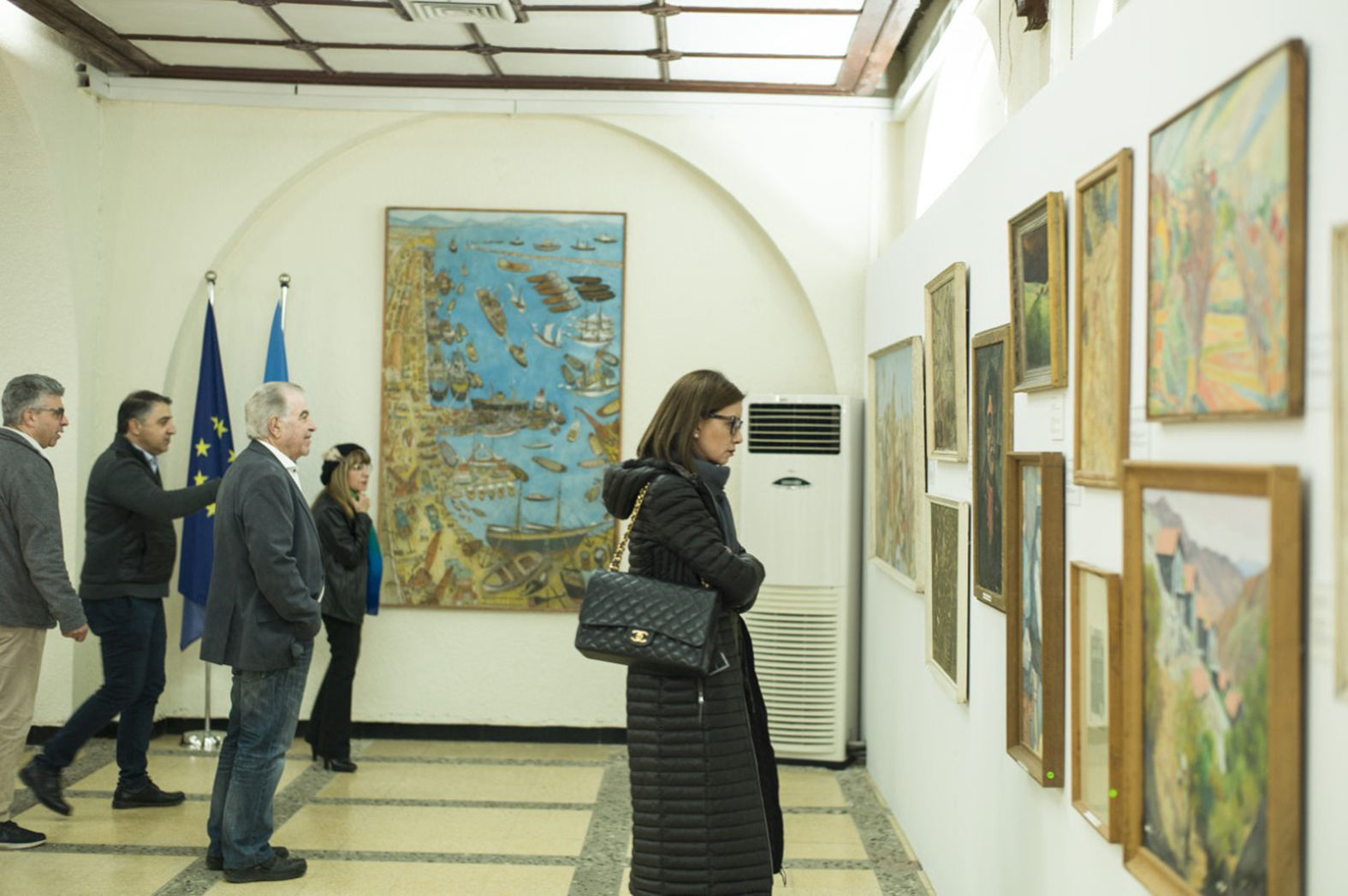
Fig. 7. ‘In Culture We Trust art exhibition, Ledra Palace Hotel, February 2020 (Photograph by Theopisti Stylianou-Lambert)
Conclusion
The Ledra Palace's strong linkage with the recent history of Cyprus is evident and continuous. It provided the setting for key political meetings, cultural and financial events, and post-conflict negotiations. The Ledra Palace is a key example of a hotel with geopolitical importance in a country still trapped in unresolved political issues and living with the consequences of conflict. As such, it makes a case study of a building whose scarred, bullet-ridden, yet still impressive façade reflects its country's recent history, with all its highlights and tragedies.
For these reasons, the Ledra Palace forms an integral part of Cyprus's cultural heritage. As such, it provides a means through which we can study the role cultural heritage plays in understanding history, or even in making history. Had it not been for its luxurious infrastructure, geographical location, and unique setting, the Ledra Palace would not have provided the setting for significant events and meetings that shaped the social, economic and political history of the island. Despite the establishment of a second luxury hotel in the second half of the 1960s in Nicosia, the Ledra Palace remained the favourite place of celebrities, diplomats, and politicians; while due to its location, despite the cessation of its operation in 1974, it found a new role as a centre for bi-communal meetings in the post-invasion years.
Currently, the Ledra Palace Hotel is in a crumbling state, a major fire hazard in need of fundamental restoration inside and out. In fact, its interior is so damaged and changed that it carries little reminder of the hotel's glorious past. The British regiments of UNFICYP's Sector 2, who have inhabited the hotel since 1993 in succession to the Canadian regiment whose mandate in Cyprus came to an end, are now living in prefabricated containers installed in the hotel's parking lot. The soldiers use only some of the ground floor's common rooms and the swimming pool, and part of their duties is to facilitate the bi-communal meetings taking place there.Footnote 65 One of the last meetings that took place in the hotel was in February 2020 when President Nicos Anastasiades and Turkish-Cypriot leader Mustafa Akıncı met to discuss measures to tackle the COVID-19 crisis.Footnote 66 Today, more than seventy years after the construction of the Ledra Palace Hotel, its future remains uncertain, as is the future of the Cyprus Problem.
Acknowledgements:
This work has received funding from the European Union's Horizon 2020 research and innovation programme under grant agreement No. 739578 and from the Government of the Republic of Cyprus through the Deputy Ministry of Research, Innovation and Digital Policy.
Antigone Heraclidou is a senior research associate in the Museum Lab of CYENS Centre of Excellence. She is the author of Imperial Control in Cyprus: education and political manipulation in the British Empire (2017) and co-editor of Cyprus, from colonialism to the present: visions and realities. Essays in honour of Professor Robert Holland (2018) and of ‘Political actors in the Mediterranean, 1918–1964: Cyprus and Malta compared’, Journal of Mediterranean Studies, 23.1 2014. Her research interests include Cyprus’ colonial history, decolonization, education, and cultural heritage.
Theopisti Stylianou-Lambert is Associate Professor in the Department of Multimedia and Graphic Arts of the Cyprus University of Technology (CUT) and the leader of the Museum Lab of the CYENS Centre of Excellence. She has published widely on museums and photography, is the co-author of The Political Museum (2016) and the editor of Museums and Visitor Photography (2016), Museums and Photography: displaying death (co-editor, 2017); Photography and Cyprus: time, place, identity (co-editor, 2014) and Re-envisioning Cyprus (co-editor, 2010). Most recent publication (ed. with A. Bounia and A. Heraclidou): Museum Media(ting): emerging technologies and difficult heritage (Oxford 2022).









